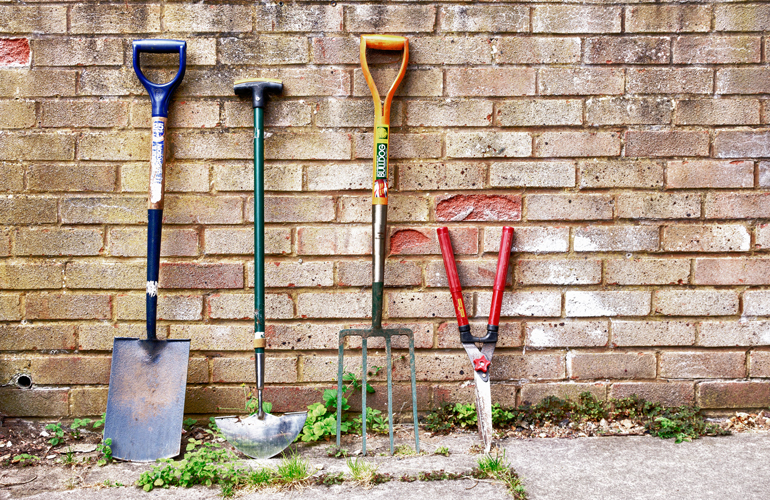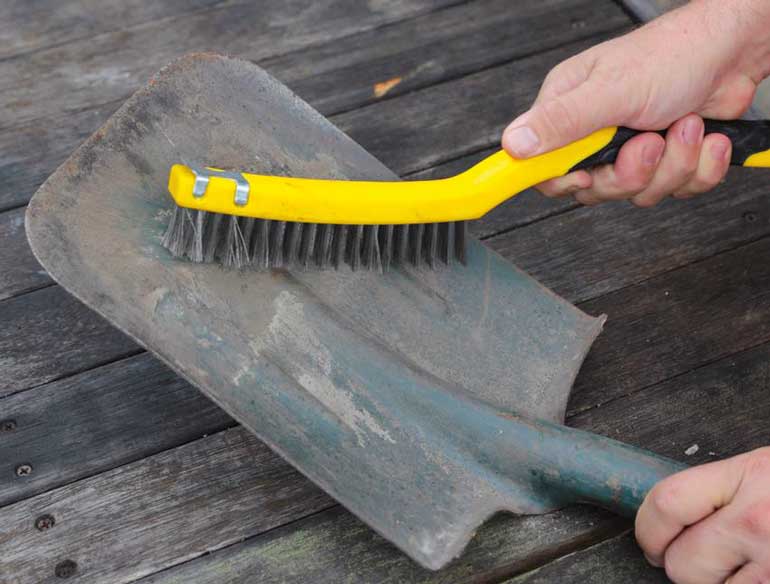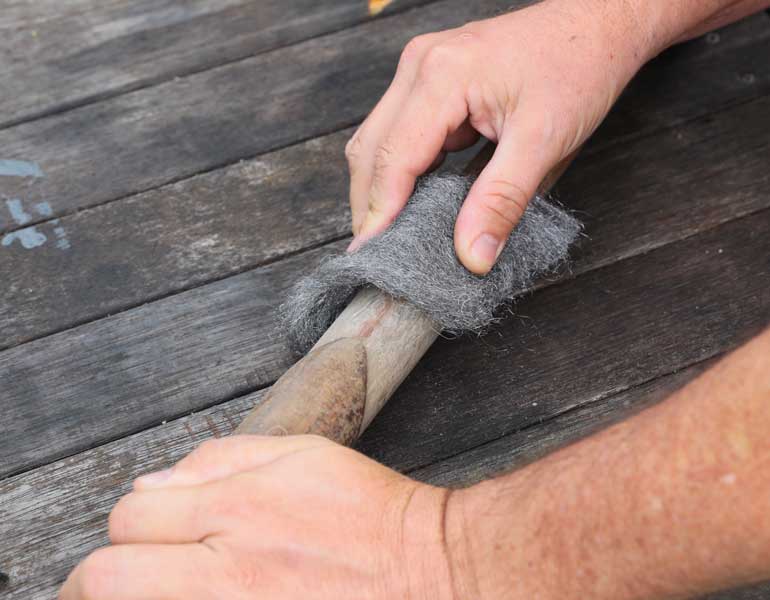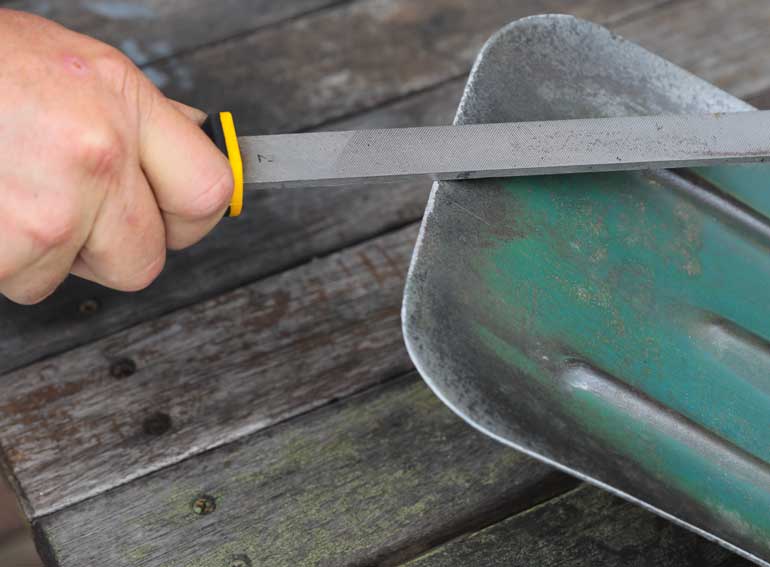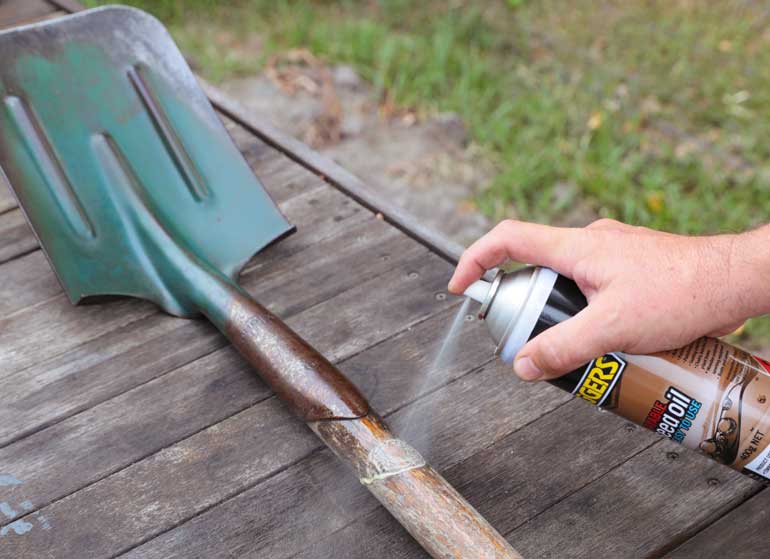How to clean your tools
Putting tools away without cleaning them can result in rusty heads or even split handles. Here’s how to get them ready for their winter hibernation.
Advertisement
Advertisement
Advertisement


